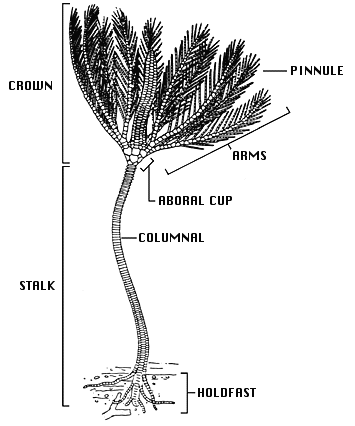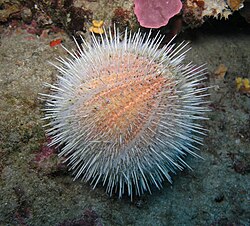-My favorite topic this semester would have to be animal anatomy. It was interesting to see what features distinguish certain types of animals. The dissections helped me visualize the different structures of different animals and compare them to others. I particularly enjoyed the shark dissection! It was something very different from the normal frog or worm dissections I've done since I never thought I would be opening up a shark's body!
What was your least favorite?
-My least favorite topics were photosynthesis and cellular respiration. I've always struggled with understanding the number of products and what products show up at the various parts of each process. I just find this part of biology dry even though it's one of the most important topics.
What would you change about this class if you could?
-I would probably change the amount of computer work students get. It can get very confusing and the simulations usually end up not working out the way they should. I know these are meant to help us understand the topics we are learning better but the confusion causes the opposite result. Additionally, it causes students to neglect doing notebook work and end up with less work to turn in.
What do you feel is your biggest accomplishment in biology this year?
-I believe my biggest accomplishment this year was...well...surviving! This was my first year of having AP classes so it was really hard to adjust at first. The lack of sleep drove me nuts but I eventually got used to it (not saying I like going without sleep though). I thought I couldn't get through this class alive and I dreaded the AP test. But after the test, I felt pretty relieved and confident that I scored well enough to make sure this year didn't go to waste. I do want to say that I appreciate having you, Ms. Malonek, as my teacher. You went out of your way to help us, your first ever AP class (A.K.A. the Guinea Pigs), understand the complexities of biology and prepare us for our future college lives. Thanks for everything!







